As Russia retreated from south Ukraine’s Kherson, the only regional center it managed to seize since the start of the full-blown war in February 2022, it looted the Shovkunenko Kherson art museum. 80% of one of Ukraine’s richest art collections has been, essentially, stolen. While a number of these works have shown up in occupied Crimea, others are feared to be stolen and could end up for sale at international auctions.
While the museum keeps identifying which paintings have been stolen and Ukraine searches for ways to make Russia return this unique art collection to the Ukrainian people, we take a look at some of the art we will no longer be able to see in Kherson — at least for now.
Russia looted one of Ukraine’s richest collections from the Kherson art museum
The head of the Kherson Art Museum, Alina Dotsenko, told in an interview with Ukrainska Pravda that before the seizure of the region, the art collection of the museum included valuable icons from the 18th and 20th centuries, extraordinary Italian sculptures from the 18th century, masterpieces of August von Bayer and Anglo-Dutch master Sir Peter Lely.
Part of the paintings was insured and added to the official register of the national Ukrainian heritage list.
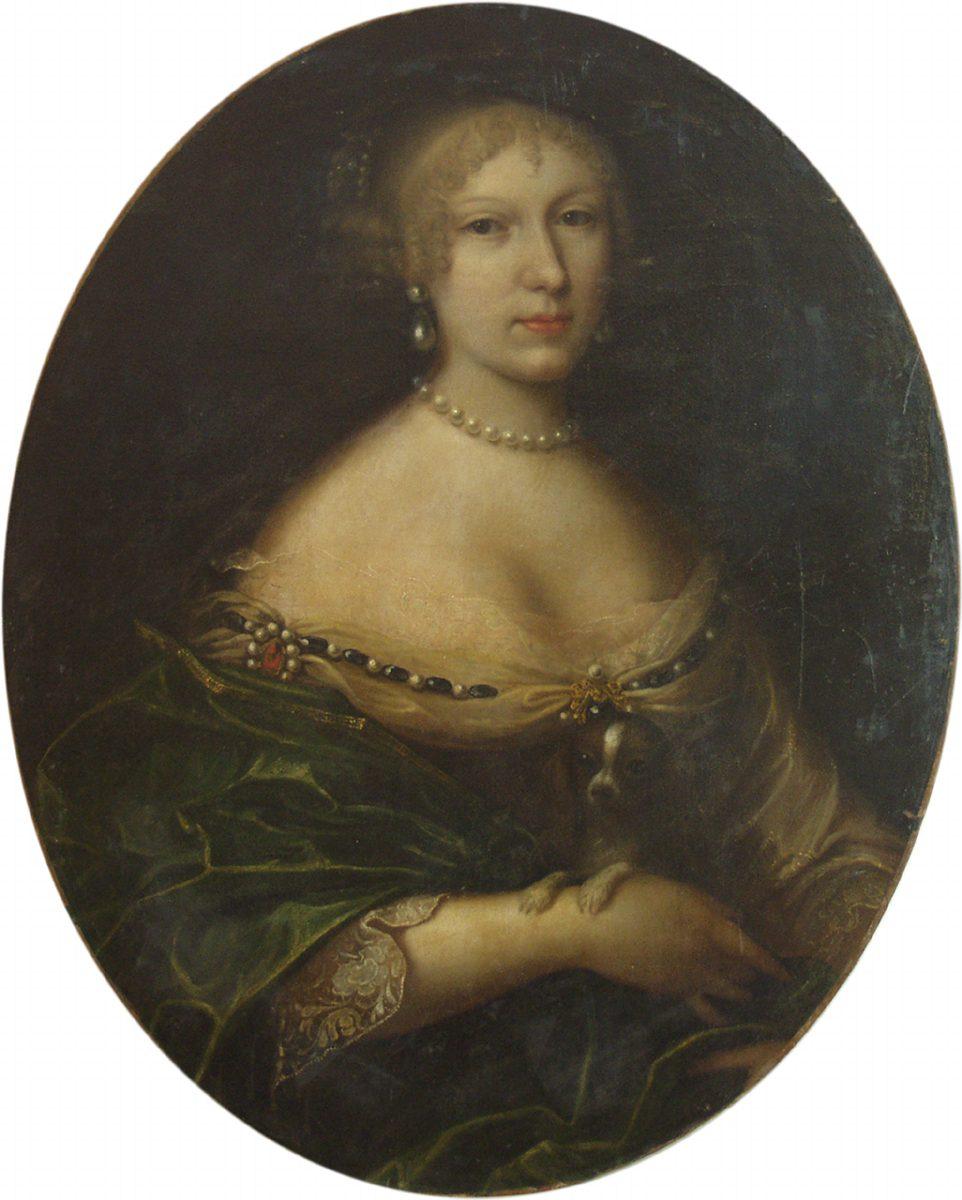
Dotsenko said she had compiled the gallery for 45 years.
The collection was one of Ukraine’s richest. It included 14,000 exhibits from the XVII to the early XX centuries: icons, paintings, and sculptures, including the world’s largest collection of works by Oleksii Shovkunenko, 150 works by Mykola Pymonenko, paintings by Tetiana Yablonska, Mykola Hlushchenko, Zinaida Serebriakova, Peter Lely, August Baer, Ivan Aivazovsky, Mykhailo Vrubel, which no other museum in Ukraine has.
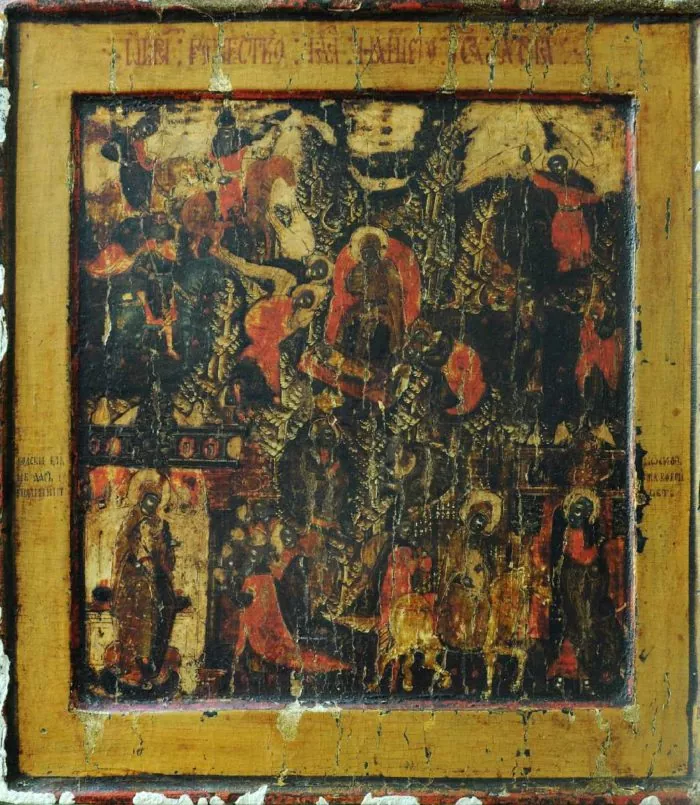
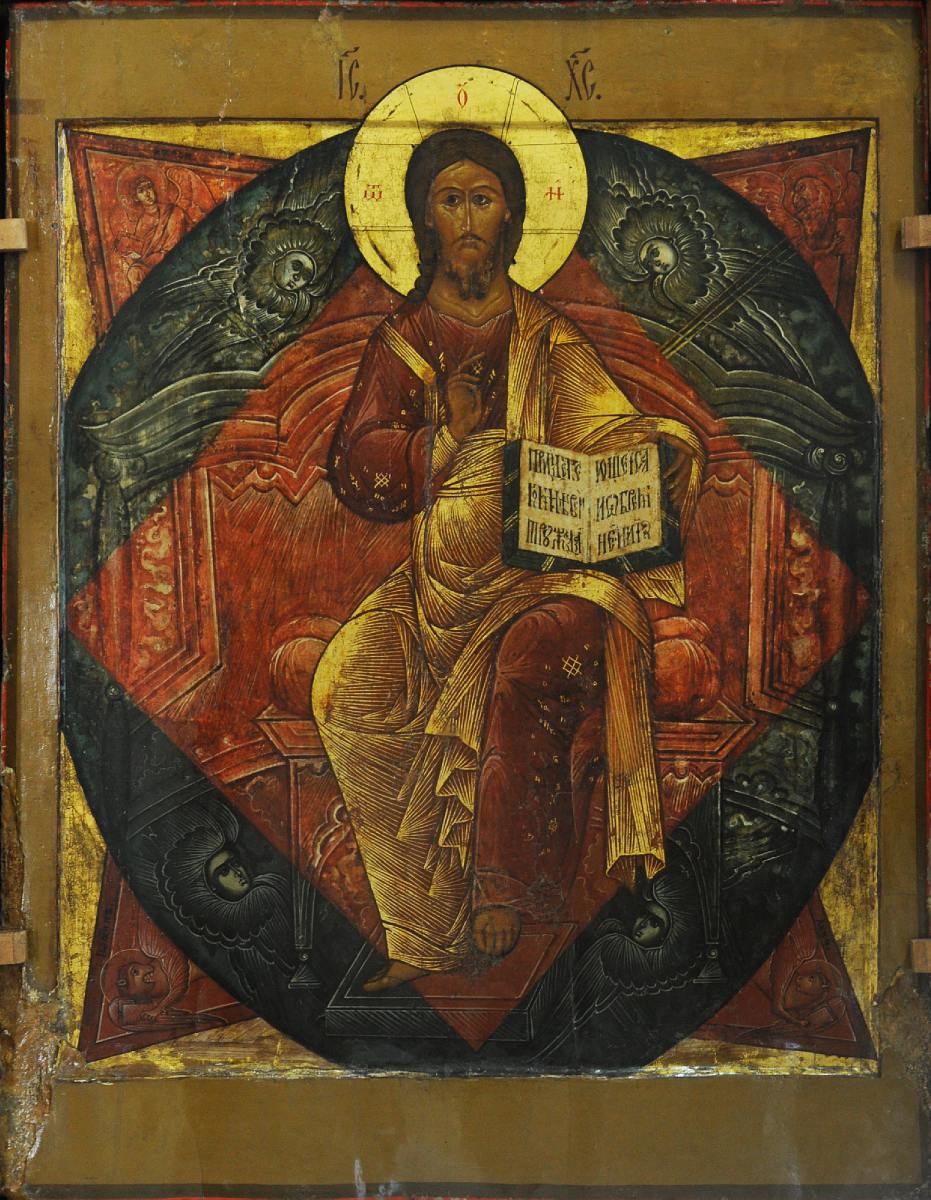
The miniature painter Ivan Pokhitonov (1850-1923) was called a “magician” by his contemporaries. His name was once well-known throughout Europe, and his works were sold out as soon as they were exhibited in art salons. The artist was born in the Kherson province (nowadays his family estate is located in the Kirovohrad region), and from the age of 26, he lived and worked in Europe. The painting below came to the museum from the collection of Maria Kornilovska, which became the golden fund of the museum’s collection.
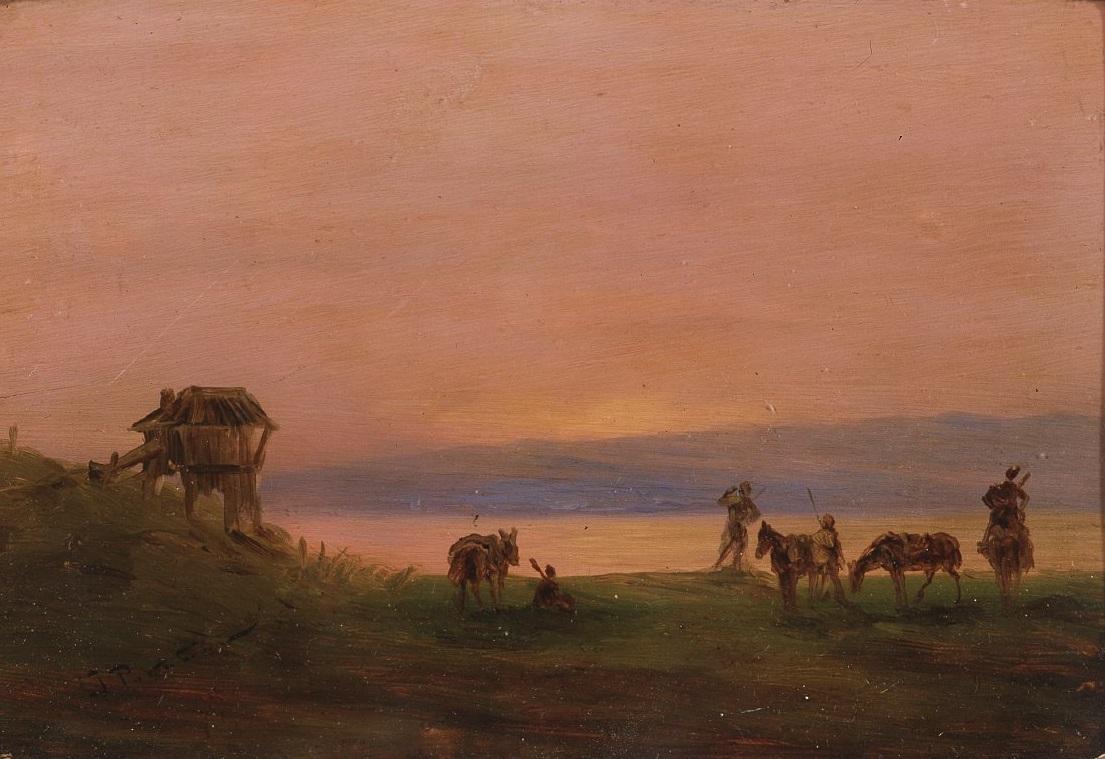
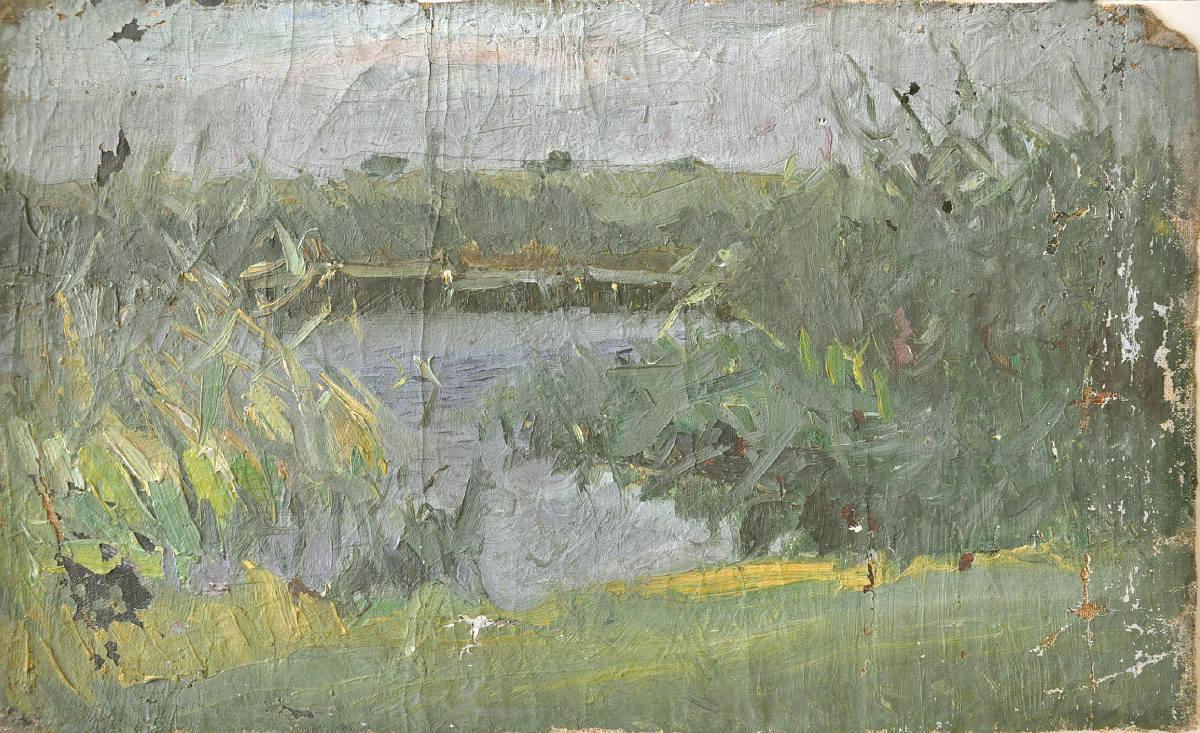
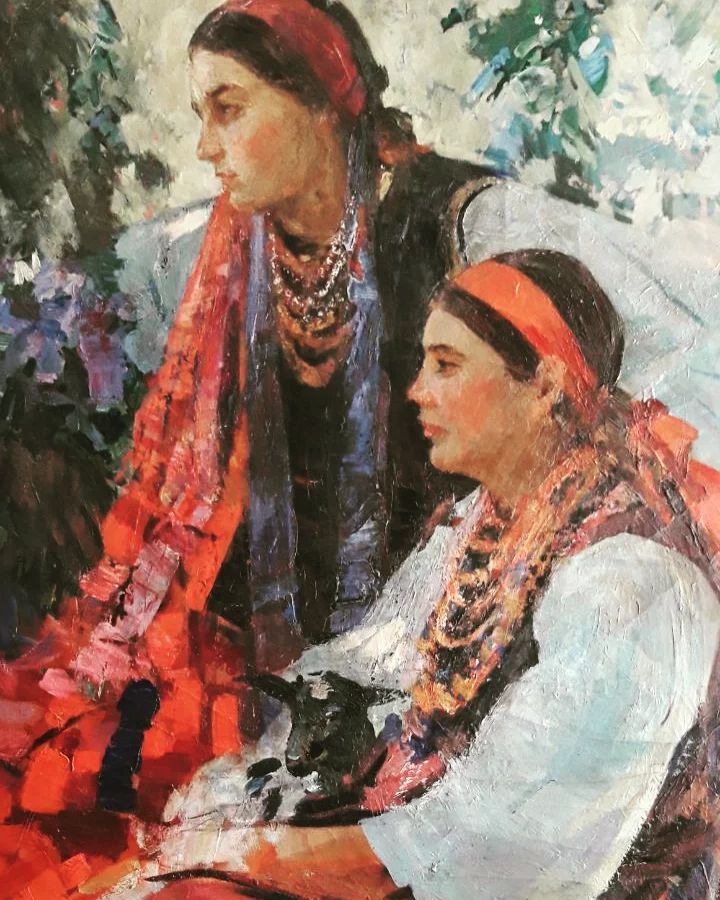
The Ukrainian artist and teacher Leonid Chychkan (1911-1977) was a student of Oleksii Shovkunenko, who painted mostly Carpathian landscapes, still lifes, portraits, and genre paintings.
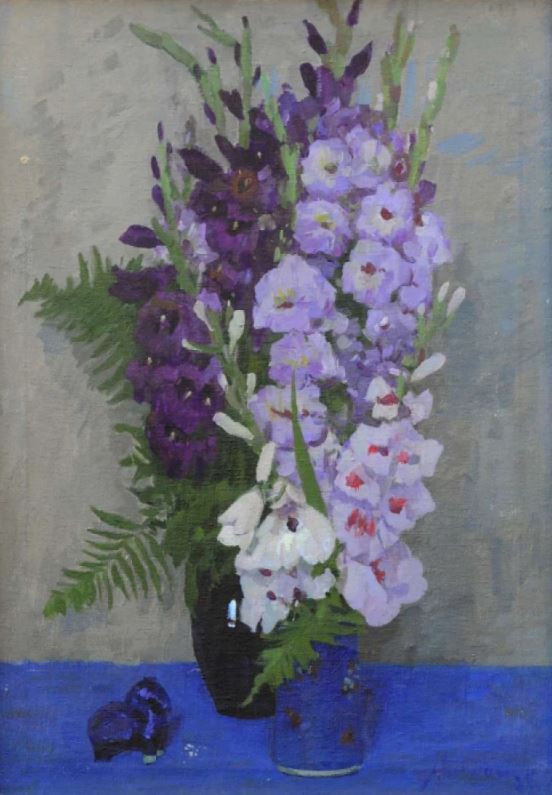
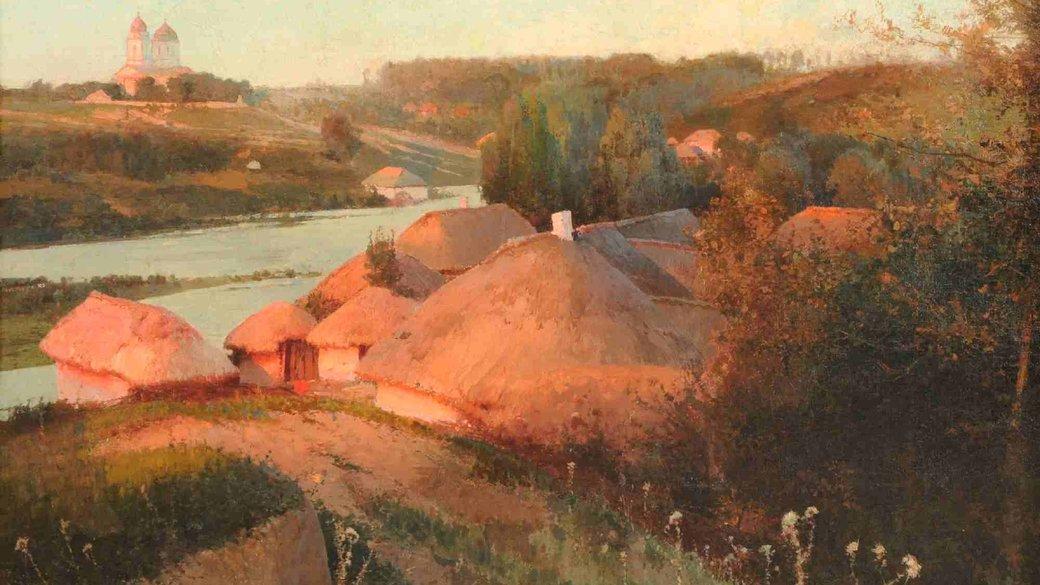
The life and work of Ukrainian painter and theater artist Mykhailo Andrienko-Nechytailo (1894-1982) who worked in France were connected with Kherson Oblast. Mykhailo Andrienko-Nechytailo studied, became interested in art, and began his exhibition activities in Kherson.
“Landscape of Paris” was transferred to the museum by the National Commission for the Return of Cultural Property to Ukraine in 1994. In February 2022, Kyiv received more works by the artist, which were donated to the museum by the famous collector René Guerra. Russia did not loot this gift, and it is now kept at the National Art Museum of Ukraine.
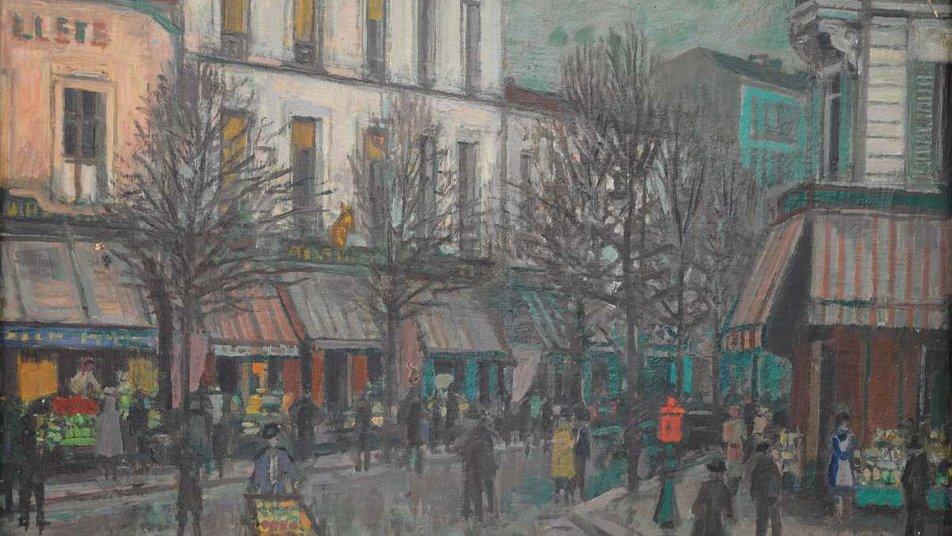
Heorhii Kurnakov (1887-1977), the author of unsurpassed landscapes and still lifes, sought to create a generalized epic image of the Kherson Oblast.
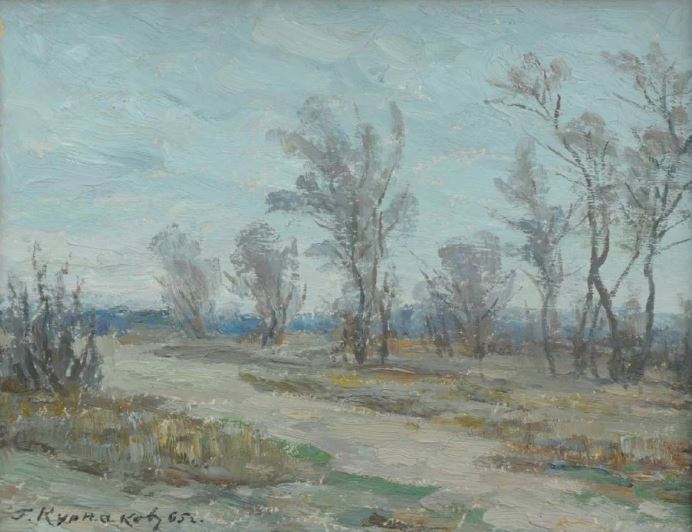
The works of one of the classics of the Transcarpathian school of painting, Havrylo Hliuk (1912-1983), dedicated to Transcarpathia, reflected both the unique nature of the region and its inhabitants. The artist was especially fond of depicting people at their daily work.
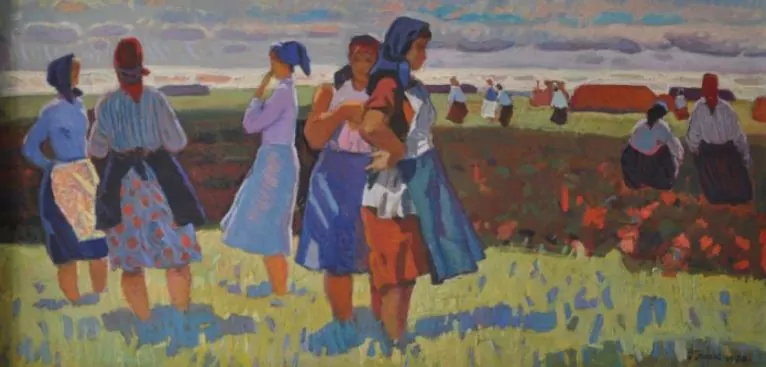
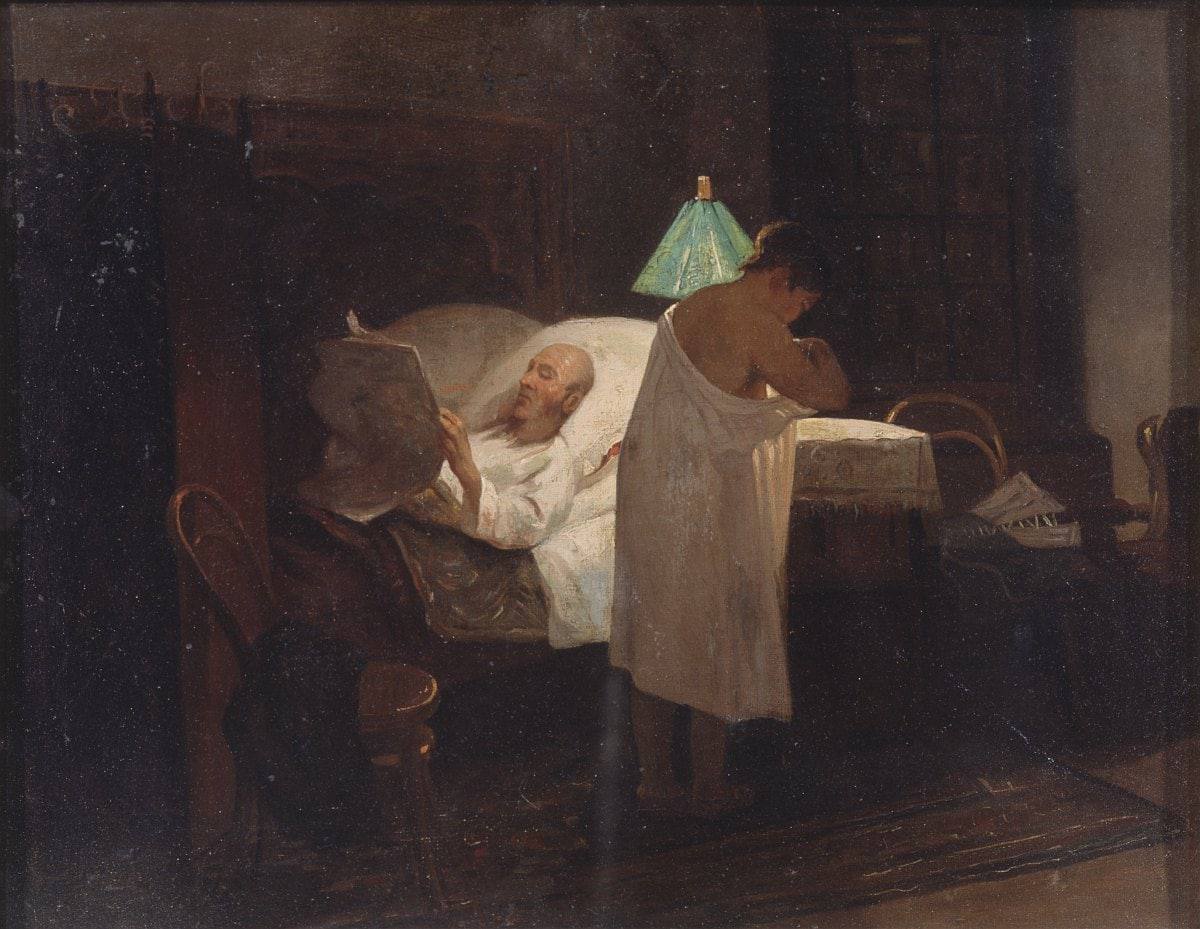
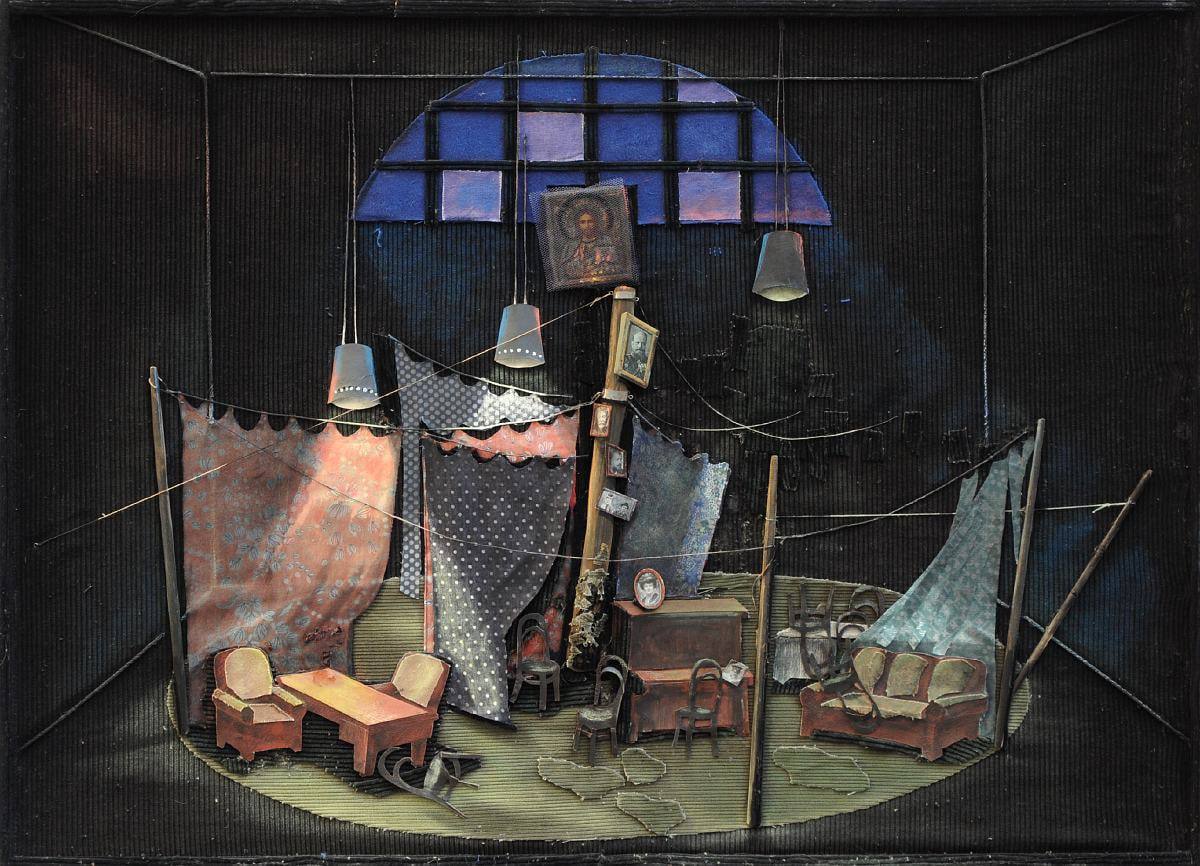
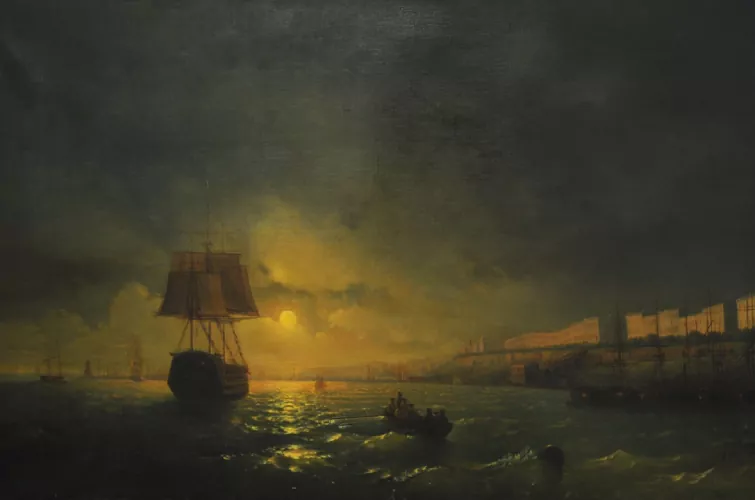
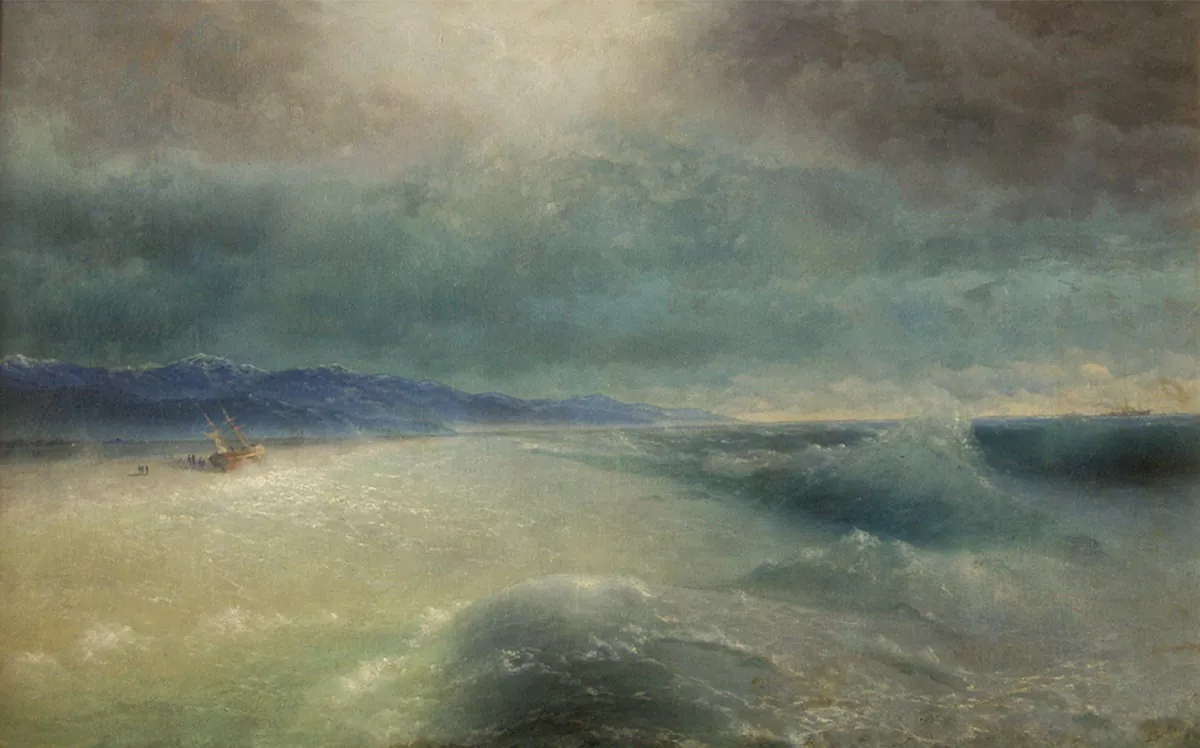
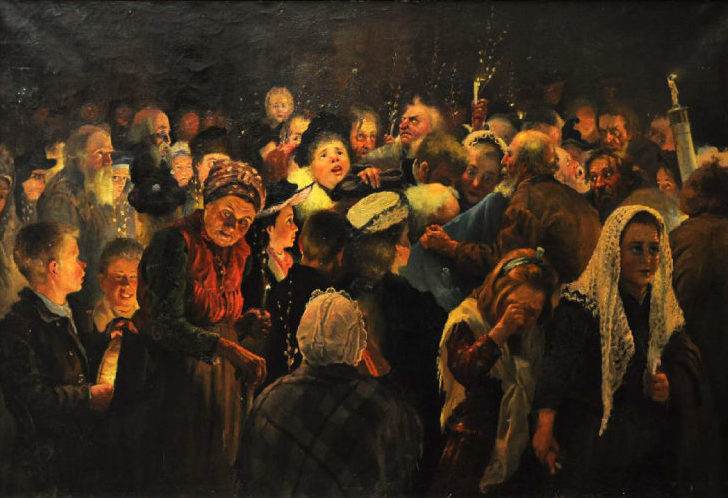
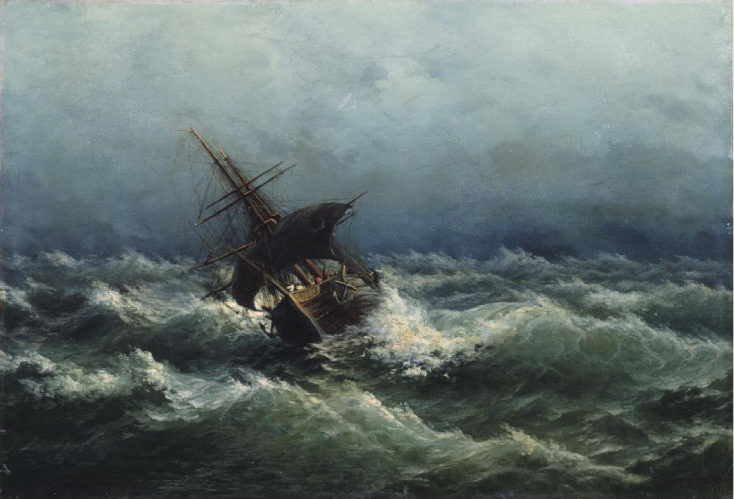
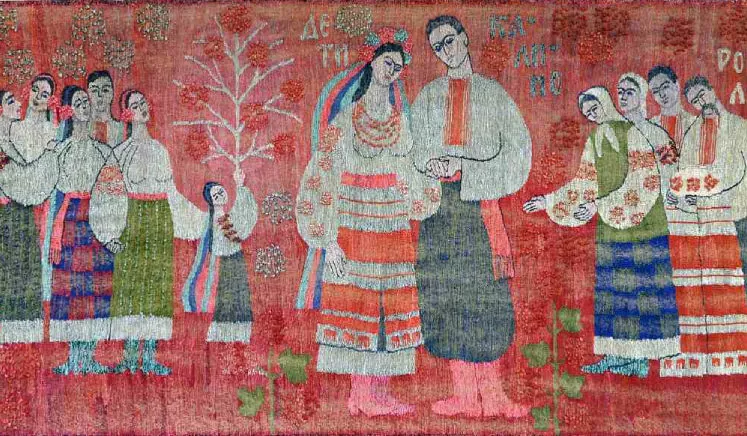
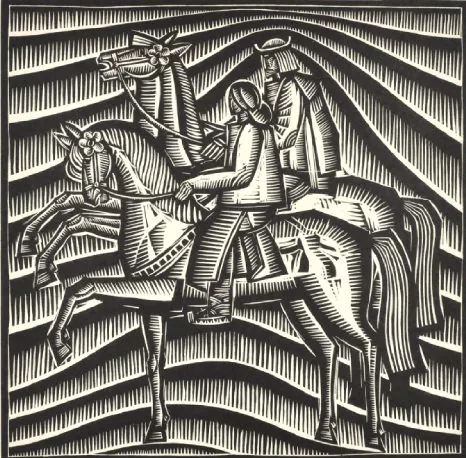
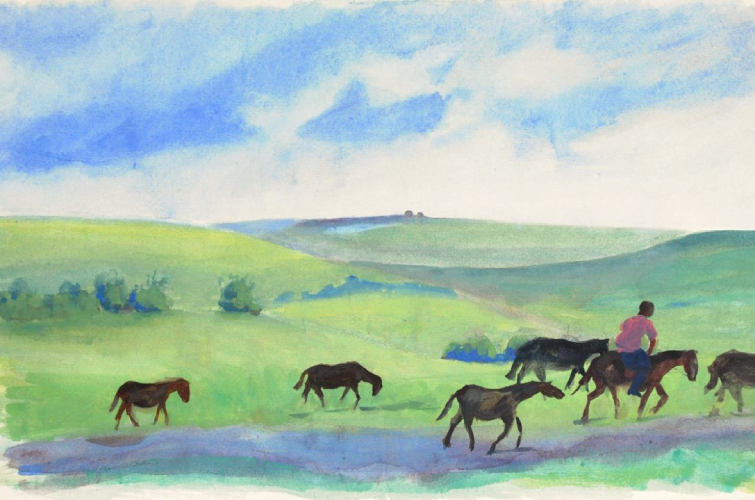
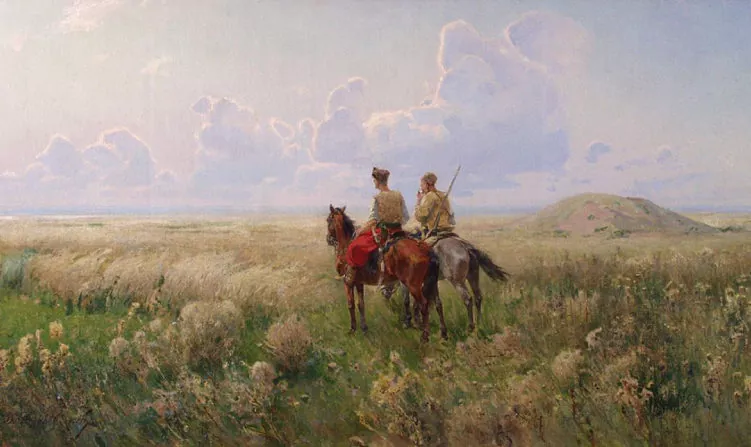
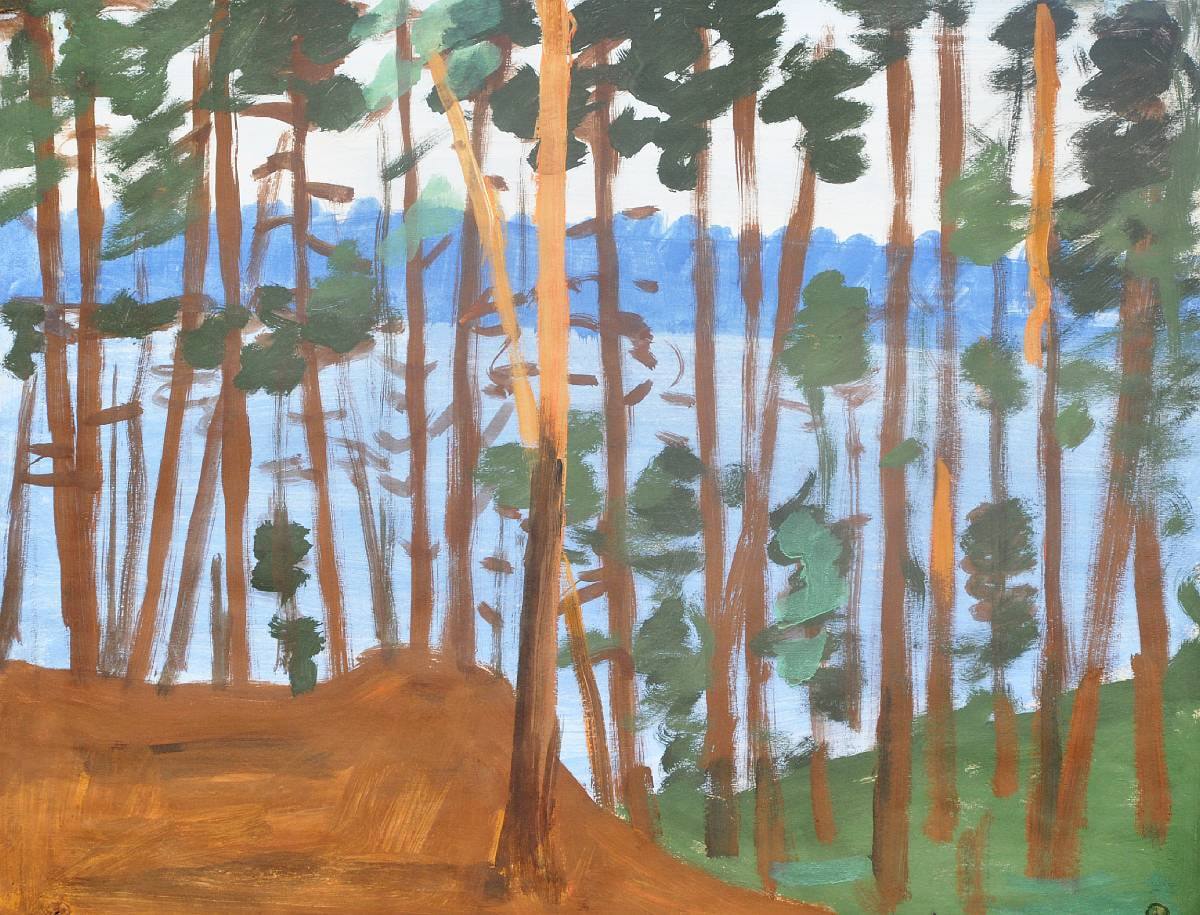
Augustinas Savickas (1919-2012) was a classic of Lithuanian painting of the second half of the 20th century, a representative of the Savickas artistic dynasty, which includes four generations and five artists.
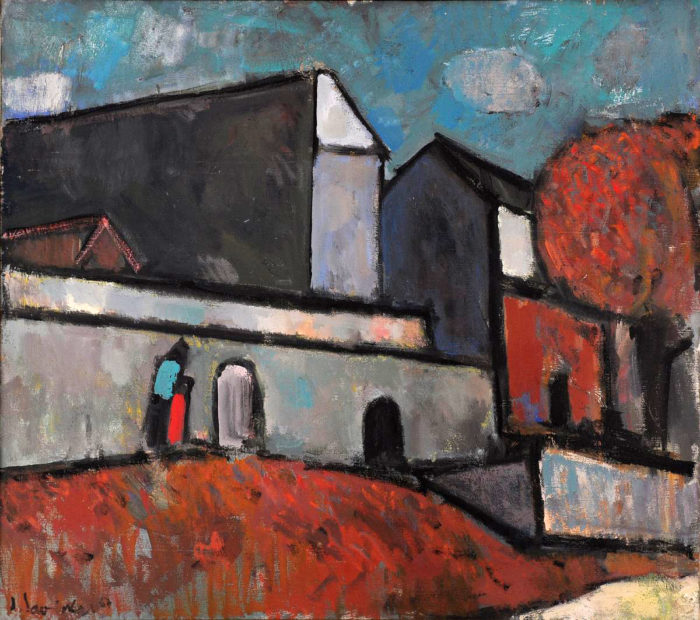
Lazar Shtyrmer (1922-2003) lived and worked in Kherson almost all his life, he was a master of portraiture, landscape, and still life. His works can be used to study the second half of the twentieth century, according to the Kherson museum.
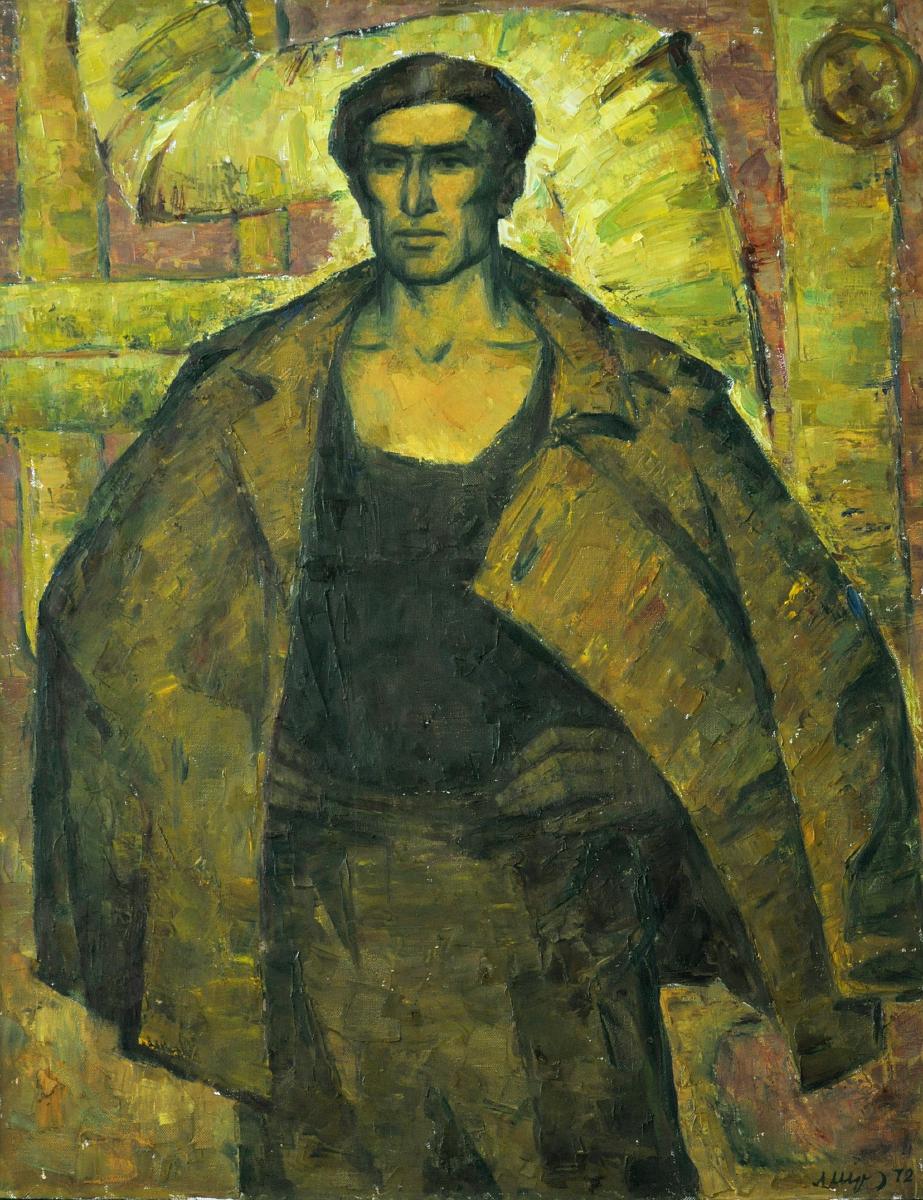
The work of the Mykolaiv artist is distinguished by a peculiar painting style and special compositional thinking. In each of her works, there is kindness, love for the beauty of nature and life. The artist often responds to the current problems of society, and explores in painting the feelings that accompany the human life path – anticipation, fear and expectation, and self-affirmation.
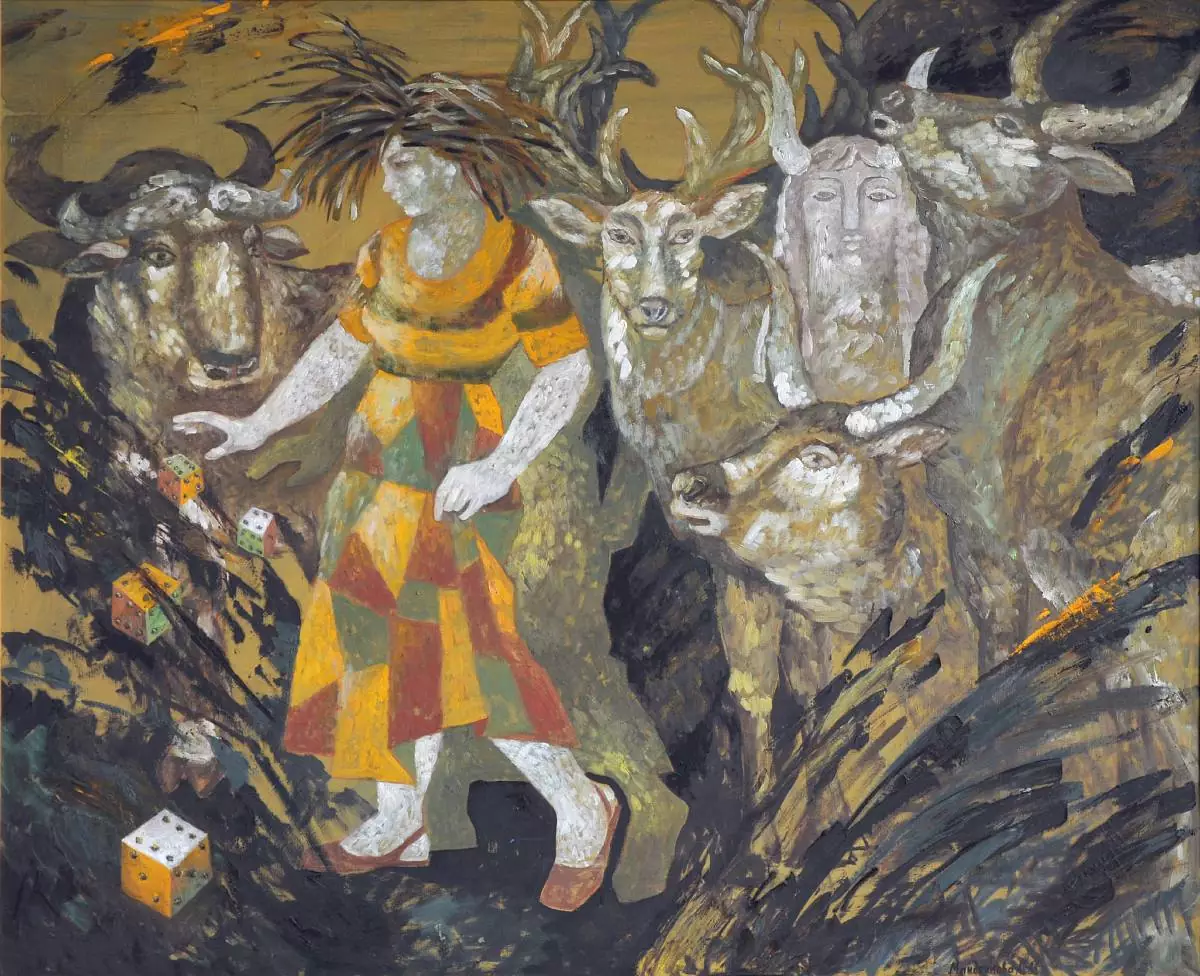
The work of Feliks Kider (1938-2003) is an outstanding phenomenon in the history of the artistic culture of the Kherson region. An artist of a wide range, Kider left a huge artistic heritage: he became famous as a painter, graphic artist, and master of small-scale sculpture, who always surprised with his extraordinary vision of the world. His paintings impress with the luxury and harmony of colors, originality of composition, and textural expressiveness.
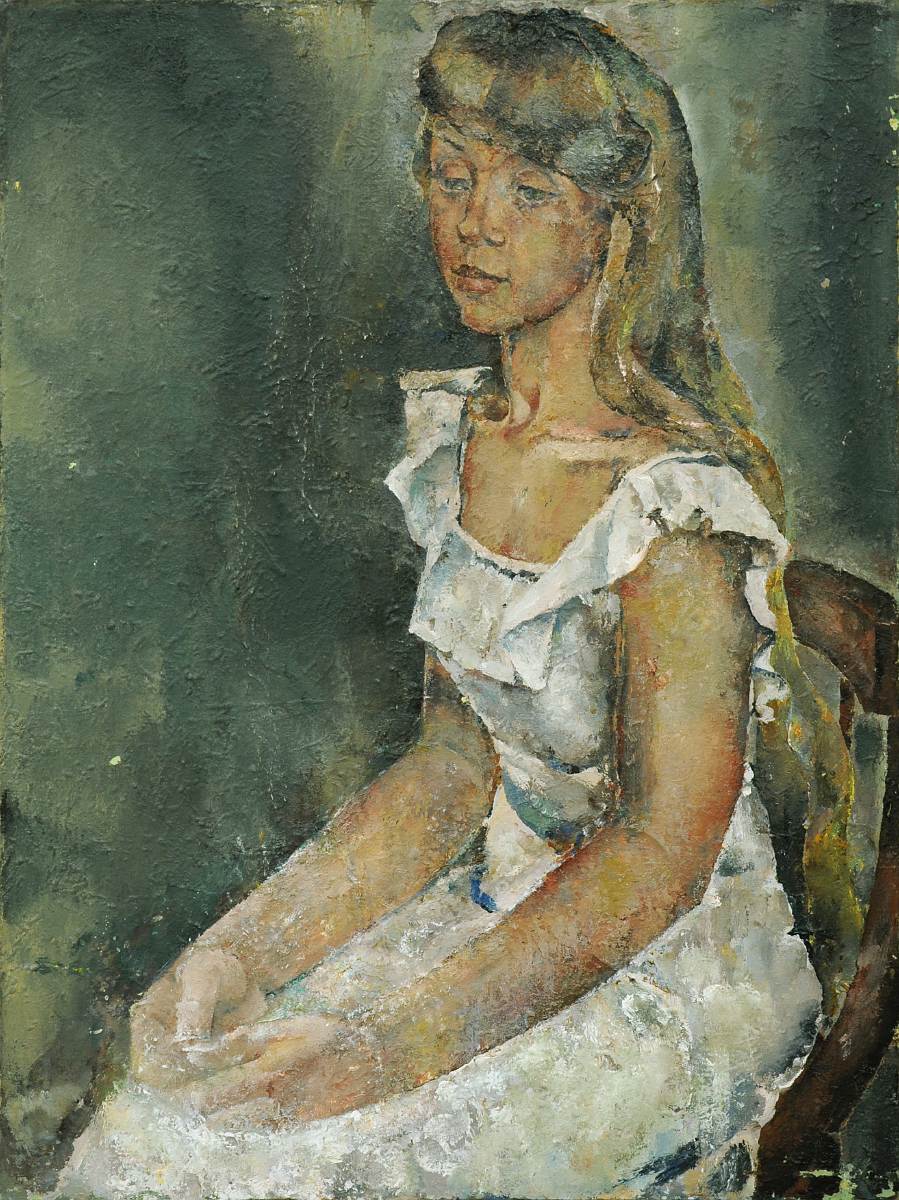
“Summer Evening” (1961) is one of the famous paintings by Kharkiv artist Viktoriia-Maryna Derehus (1929-1995), the daughter of the famous Ukrainian graphic artist, painter, and teacher Mykhailo Derehus. The artist was fond of free plein air painting, often turning to the motifs of nature in different regions of Ukraine, her landscapes are truthful, decorative, romantic, and full of subtle color nuance.
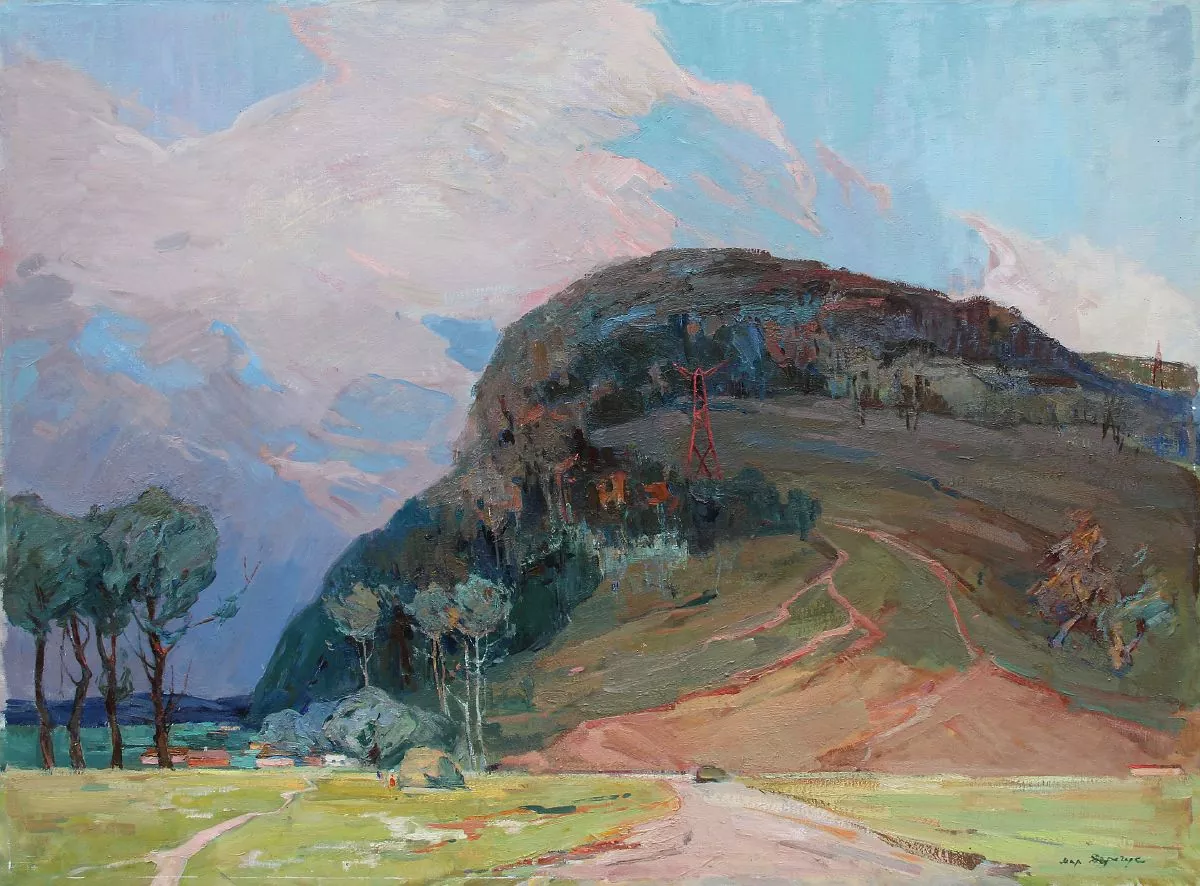
The Kherson Art Museum has launched a flashmob inviting Ukrainians to share selfies of themselves with the pictures from the stolen collection:
Descriptions of paintings and artists courtesy of the Kherson Art Museum
Related:
- Tribunal or restitution? Ukraine eyes ways to return one of its richest art collections looted by Russia
- Making Russia answer for destroying cultural heritage in Ukraine
- We have a dream: why the world needs a Special Tribunal for the Crime of Aggression against Ukraine
- How Ukraine is preparing a Tribunal for Putin




